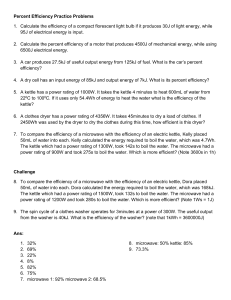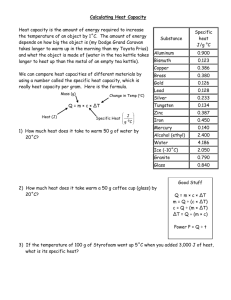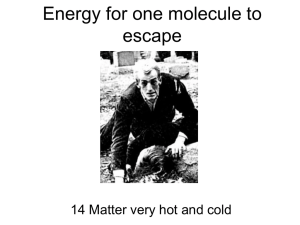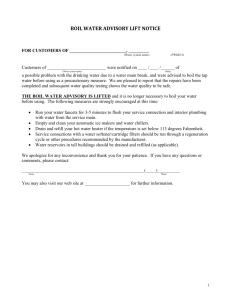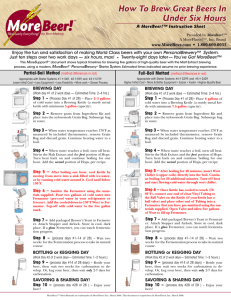Percent Efficiency Practice Problems
advertisement
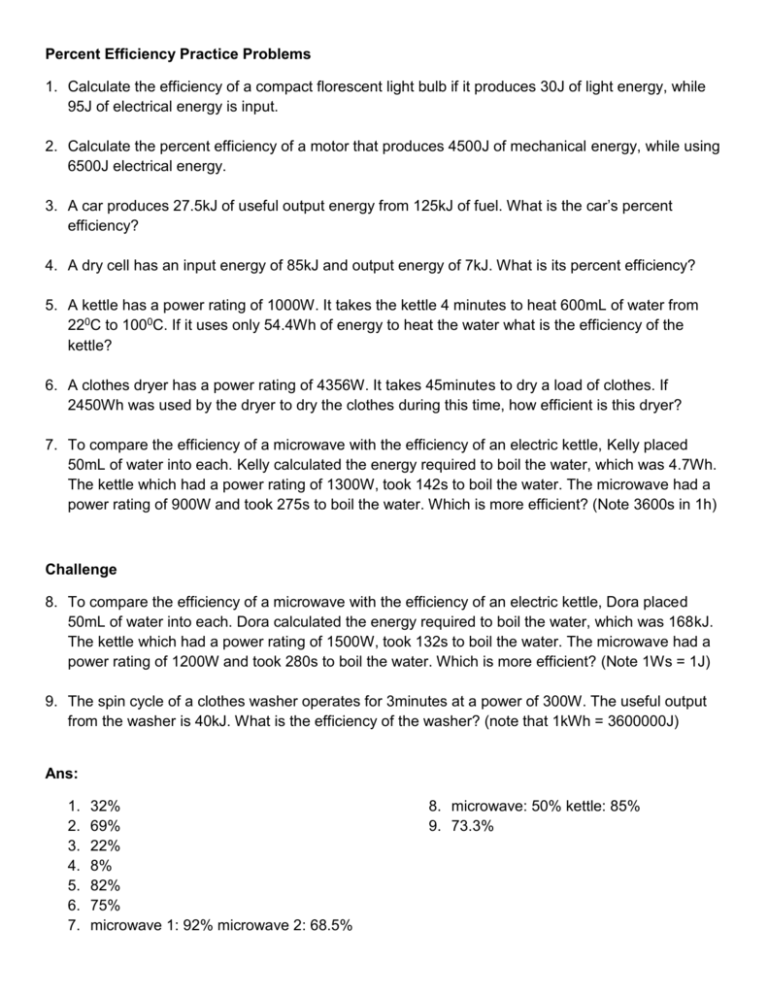
Percent Efficiency Practice Problems 1. Calculate the efficiency of a compact florescent light bulb if it produces 30J of light energy, while 95J of electrical energy is input. 2. Calculate the percent efficiency of a motor that produces 4500J of mechanical energy, while using 6500J electrical energy. 3. A car produces 27.5kJ of useful output energy from 125kJ of fuel. What is the car’s percent efficiency? 4. A dry cell has an input energy of 85kJ and output energy of 7kJ. What is its percent efficiency? 5. A kettle has a power rating of 1000W. It takes the kettle 4 minutes to heat 600mL of water from 220C to 1000C. If it uses only 54.4Wh of energy to heat the water what is the efficiency of the kettle? 6. A clothes dryer has a power rating of 4356W. It takes 45minutes to dry a load of clothes. If 2450Wh was used by the dryer to dry the clothes during this time, how efficient is this dryer? 7. To compare the efficiency of a microwave with the efficiency of an electric kettle, Kelly placed 50mL of water into each. Kelly calculated the energy required to boil the water, which was 4.7Wh. The kettle which had a power rating of 1300W, took 142s to boil the water. The microwave had a power rating of 900W and took 275s to boil the water. Which is more efficient? (Note 3600s in 1h) Challenge 8. To compare the efficiency of a microwave with the efficiency of an electric kettle, Dora placed 50mL of water into each. Dora calculated the energy required to boil the water, which was 168kJ. The kettle which had a power rating of 1500W, took 132s to boil the water. The microwave had a power rating of 1200W and took 280s to boil the water. Which is more efficient? (Note 1Ws = 1J) 9. The spin cycle of a clothes washer operates for 3minutes at a power of 300W. The useful output from the washer is 40kJ. What is the efficiency of the washer? (note that 1kWh = 3600000J) Ans: 1. 2. 3. 4. 5. 6. 7. 32% 69% 22% 8% 82% 75% microwave 1: 92% microwave 2: 68.5% 8. microwave: 50% kettle: 85% 9. 73.3%
